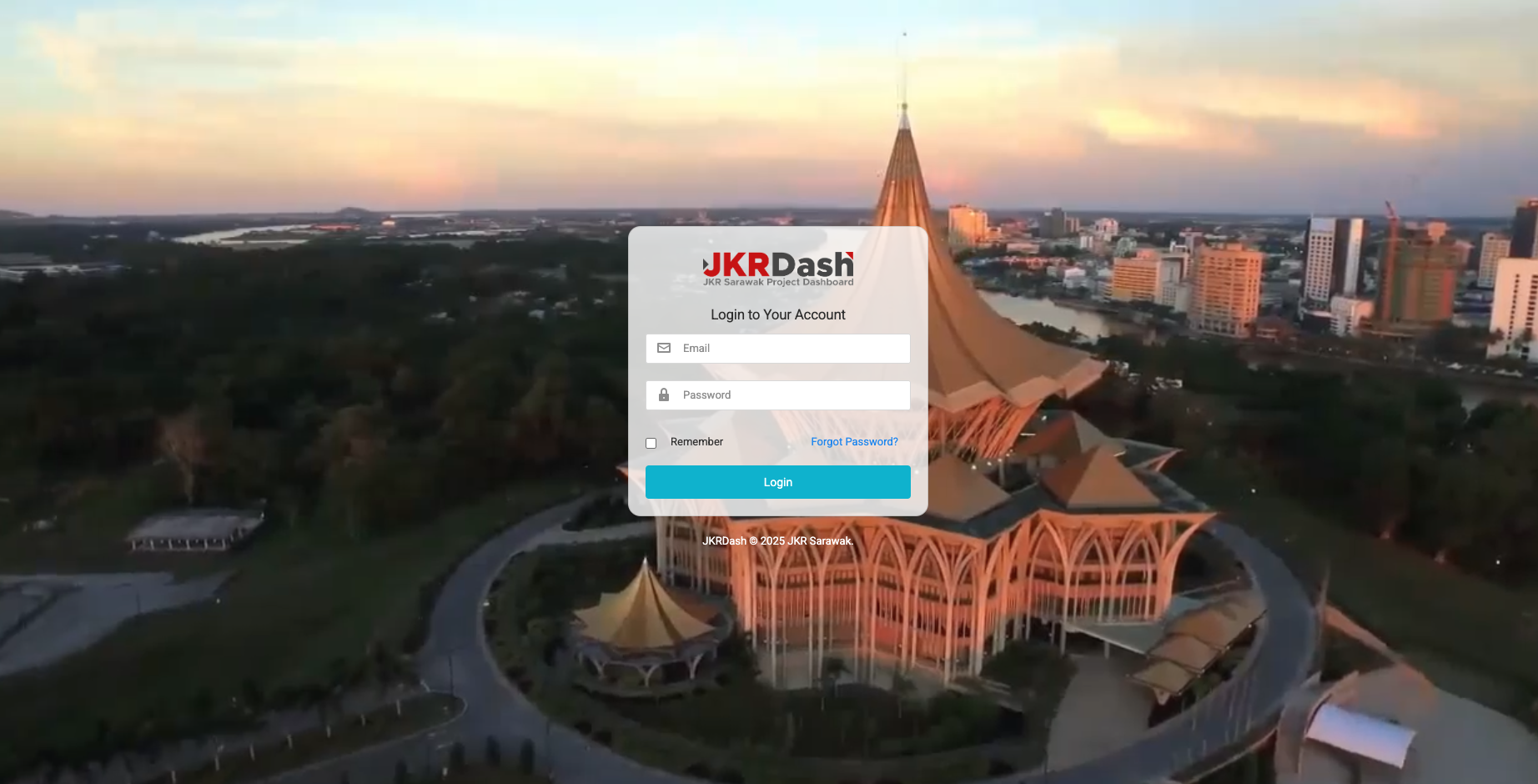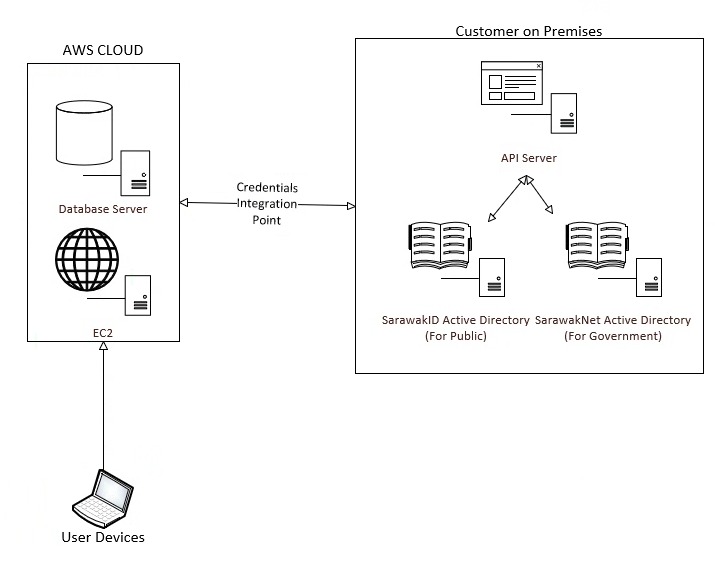Case Study
JKRDash
Jabatan Kerja Raya Sarawak (JKR Sarawak) is the primary government agency under the Ministry of Infrastructure and Port Development Sarawak, responsible for the planning, design, implementation and maintenance of public infrastructure throughout the state of Sarawak, Malaysia. With a mission to deliver quality and sustainable infrastructure, JKR Sarawak plays a crucial role in supporting Sarawak’s socio-economic development and connectivity goals, especially in rural and remote regions. JKR Sarawak is known for adopting modern technologies and best practices in infrastructure delivery, including digital project management systems, geospatial tools and sustainability frameworks.


Challenges
The information on projects was stored across multiple platforms and manual records which leads to data silos and inconsistencies. This made it difficult to obtain accurate and up-to-date insights for decision-making, especially across divisions and project sites. Without a centralized system, there was no real-time visibility of ongoing projects across Sarawak and limits the ability of project stakeholders to identify delays, cost overruns or performance issues early in the project lifecycle.
SYSTEM ARCHITECTURE
Our Solution





